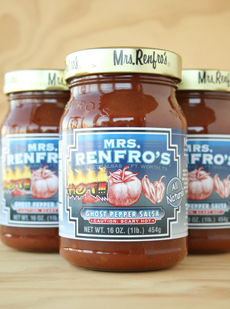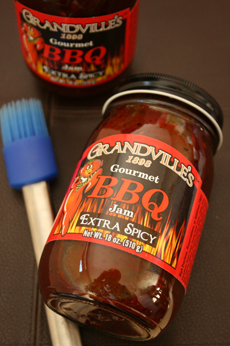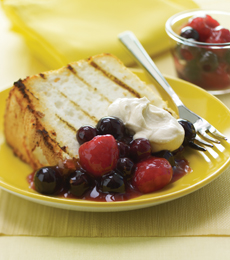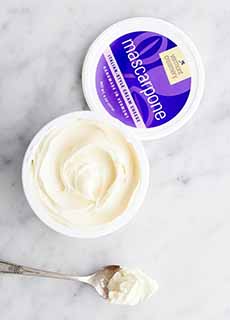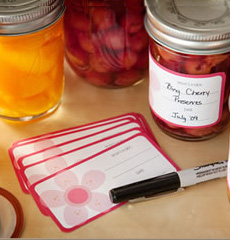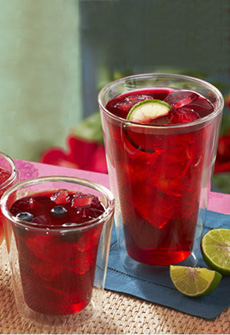|
You can grill more than fruit for dessert. Have you ever grilled cake?
While the grill is hot, toss on slices of pound cake or angel food cake. Serve them with grilled fruit and whipped cream or ice cream.
Here’s an easy red, white & blue dessert for July 4th, courtesy of McCormick: Grilled Angel Food Cake with Peppered Berries & Vanilla Cream.
With a luscious mascarpone topping instead of whipped cream and a touch of heat from black pepper, it’s memorable, festive and just right to celebrate the 235th anniversary of the signing of the Declaration of Independence.
> National Angel Food Cake Day is October 10th. There are 55 more cake holidays!
> A whole year of cake holidays (55+!).
> Angel food cake recipe with a strawberry glaze recipe.
> Angel food cupcakes recipe.
> The history of cake.
> The different types of cake: a photo glossary.
RECIPE #1: GRILLED ANGEL FOOD CAKE
Prep time: 15 minutes. Cook time: 5 minutes.
Ingredients For 6 Servings
1/2 cup heavy cream
1/3 cup plus 2 tablespoons sugar, divided
1-1/2 teaspoons pure vanilla extract
1/2 cup mascarpone cheese
1 tablespoon cornstarch
1/2 cup water
1 tablespoon balsamic vinegar
1 cup blueberries
1 cup raspberries
1/4 to 1/2 teaspoon black pepper, coarse ground
6 slices angel food cake (1-1/2-inches thick)
Preparation
1. BEAT the cream, 2 tablespoons of the sugar and the vanilla in large bowl with an electric mixer on medium speed, until soft peaks form. Gently stir in the mascarpone cheese. Cover and refrigerate until ready to serve.
2. MIX the remaining 1/3 cup sugar and the cornstarch in a medium saucepan. Stir in the water and vinegar until well blended. Stir in the blueberries. Stirring constantly, bring to a boil over medium heat and boil for 1 minute. Pour into a medium bowl to cool slightly. Add the raspberries and pepper; toss gently to coat.
3. Grill the angel food cake slices over medium heat for 45 to 60 seconds per side, or until golden brown grill marks appear. To serve, spoon the berry mixture over each slice of cake. Top with a dollop of the mascarpone mixture.
| 